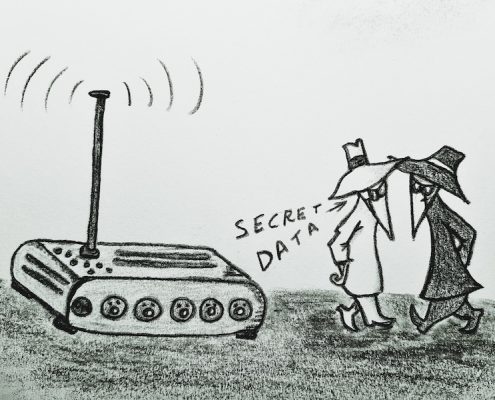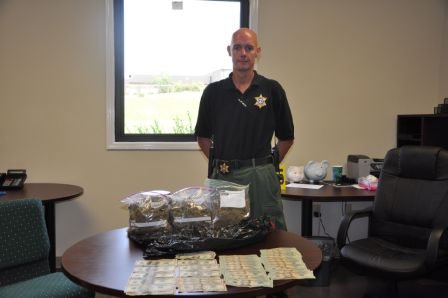It’s the year 2525 and yes, man is still alive. Things are different, though, in that scientists have unlocked the secrets of altering and editing genes.
Experts began gene-altering for the purpose(s) of having the ability to switch on the “good stuff” and turning off “the bad characteristics.”
With this process in full play, the U.S. government (they control all gene altering) hired numerous “gene editors” who were once former employees of major publishing houses.
When the Great Book Plague struck in 2500, well, book editors and agents were left twiddling their thumbs. This transition was a no-brainer. Gotta pay the bills, right?

Red pencil
So, with red pencils in hand and the luxury of never, not ever, having to respond to emails, the former literary folks hopped into their teleporters and zipped over to the DARPA headquarters situated on WIP123, the meteor tethered to the spot where New York City once sat. There, the editors and agents were divided into two groups—one responsible for gene drive and genetic remediation technologies, while the second … vivo therapeutic applications in mammals.
I know, a huge leap from the written word to dealing with live mammals (some of you will recall that literary agents are mostly solitary creatures who often avoid contact with other humans, especially writers). But, upon closer examination, the change is not all that drastic. Think about it. Book editors and agents are tasked with finding the good in a manuscript. Then, using a red pencil they trim away all the bad, leaving behind a desired product.

Genetically altered turtle
The same is true when altering the genes of living things—trim away the bad and leave the good.
This entire process started way back in the year 2017, when the U.S. government awarded DARPA grants to seven teams—The Broad Institute of MIT and Harvard; Harvard Medical School; Massachusetts General Hospital; Massachusetts Institute of Technology; North Carolina State University; University of California, Berkeley; and University of California, Riverside.
DARPA invested $65 million in the Safe Genes program through 2021.
Those scientists were tasked with collecting empirical data and developing an assortment of versatile tools that would work to support bio-innovation and combat bio-threats.
The idea was for the seven teams to devise and develop biomolecular “instructions” that provide actual and reversible control of certain genes in living systems. They were also to go even deeper by devising drug-based countermeasures to provide the ability to prevent disease, as well as offering treatment options.

Edited “Tweet”
Gene editing is designed to protect the integrity of the “good genes” in populations of organisms, as well as providing a means of detecting and eliminating unwanted engineered genes.
And …
Okay, enough Sci-Fi. This is happening right now. Today. In the United States.
Those seven teams mentioned above are currently hard at work devising means to switch on and off genome editing in bacteria, mammals, and insects.

Angry mosquito in need of intervention
The plan is to limit or protect against future biological threats, reverse mutations caused by exposure to radiation, develop an “off switch” in mosquito species relevant to human and animal health, gradually improving mosquito performance (little or no malaria), regulating invasive species, target species that spread Zika and Ebola (for example).
The program could go a longs ways toward making the world safer, I guess. But at what cost? Well, other than providing an income for all of those out of work editors and agents … in the year 2525.
So, what are your thoughts about our government having the capability of altering genes to force living things to behave according to the desires of government officials? I know I don’t mind at all. In fact, I signed up as human guinea pig to help further the research. And, you know, I haven’t seen a single thing go wrong. Not one side effect.






















